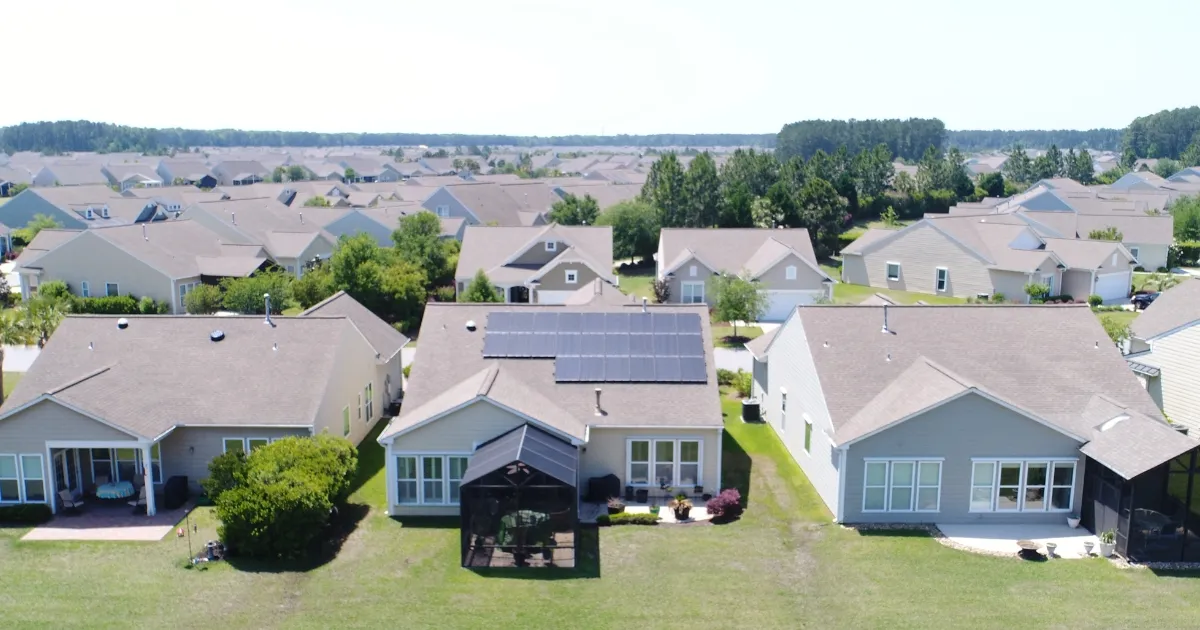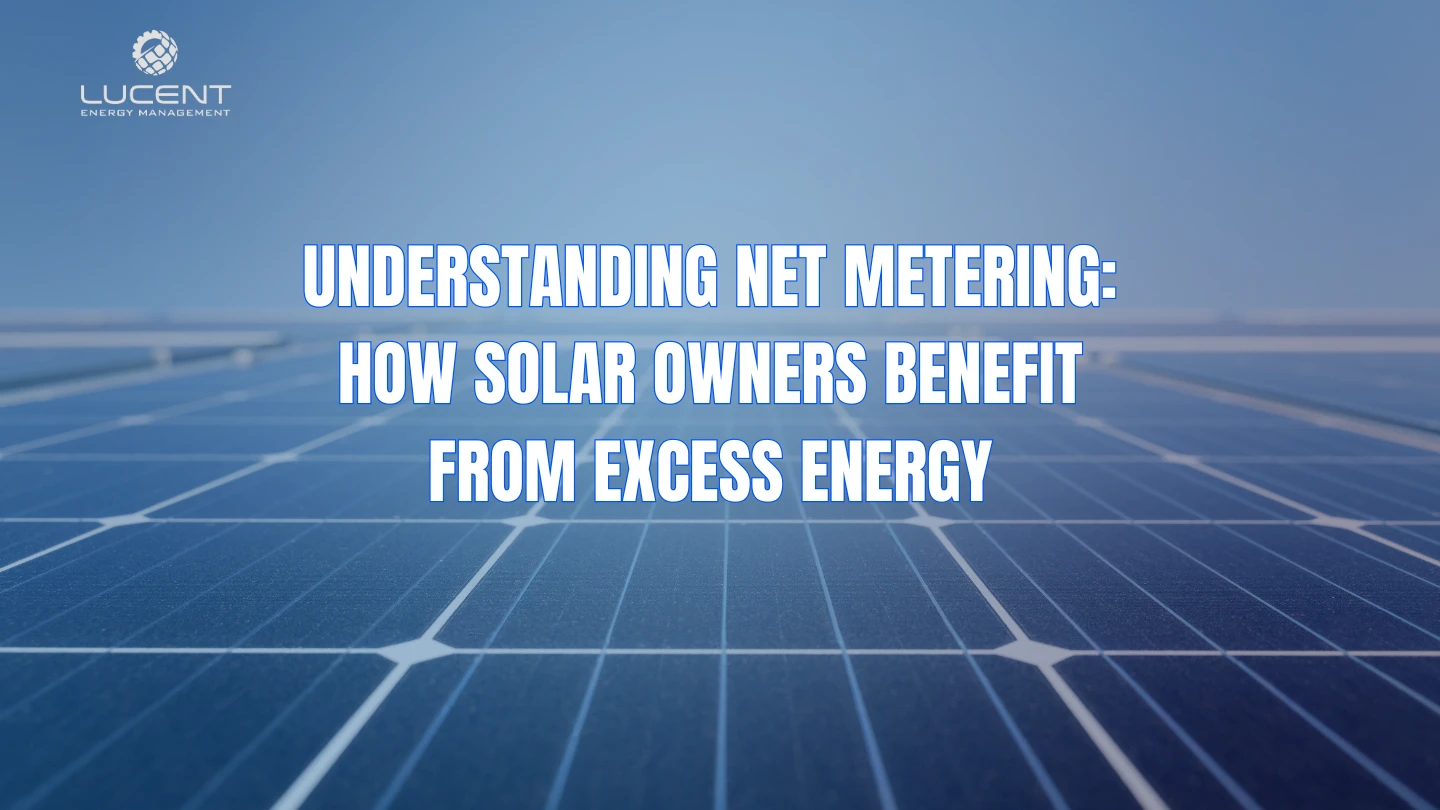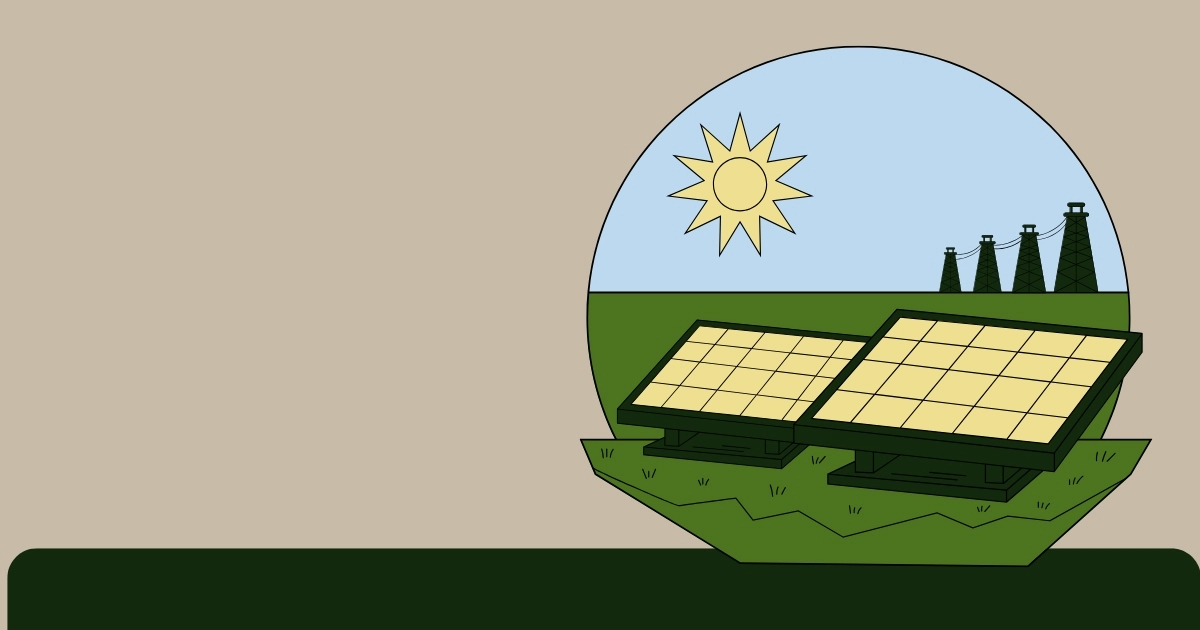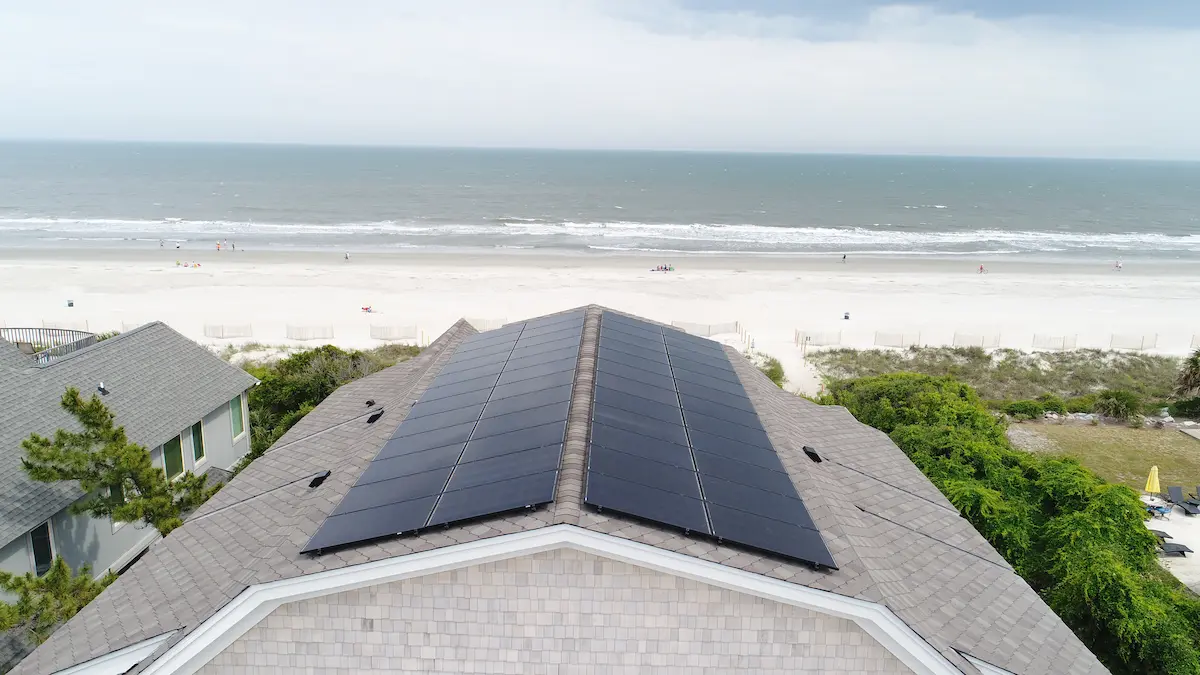Energy efficiency is one of the simplest and most effective ways to reduce utility bills, increase home comfort, and contribute to a greener planet.
If you own or rent your home, making small energy-saving changes can lead to significant savings over time.
This guide explores practical and cost-effective home energy upgrades that will help you save money while reducing your environmental footprint.
Why Energy Efficiency Matters
Reducing Utility Bills
Energy-efficient upgrades can significantly lower monthly utility bills by optimizing energy usage. Slight changes to appliances, lighting, and heating and cooling systems can result in significant savings.
Lowering Carbon Footprint
Energy consumption contributes to carbon emissions. Homeowners can lessen their environmental impact and reliance on fossil fuels by making energy-efficient improvements to their homes.
Increasing Home Value
Homes with energy-efficient features are more attractive to buyers and can have higher resale values. Potential buyers often look for homes with low operating costs, making energy upgrades a smart investment.
Quick and Low-Cost Energy Efficiency Upgrades
LED Light Bulbs
One of the simplest changes you can make is switching to LED bulbs. LED lights use at least 75% less energy and last up to 25 times longer than traditional incandescent bulbs. Over time, this results in significant cost savings on electricity and replacement costs.
Smart Power Strips
Many electronics consume energy even when turned off. Smart power strips automatically cut off power to devices that are not in use, reducing phantom energy drain. Installing these strips in areas with multiple electronics, such as home offices and entertainment centres, can lead to noticeable energy savings.
Weatherstripping & Door Seals
Drafts around doors and windows allow heat to escape in winter and enter in summer, forcing HVAC systems to work harder. Installing weatherstripping and door seals can prevent air leaks, leading to lower heating and cooling costs.
Low-flow showerheads & Faucets
Water heating accounts for a significant portion of energy bills. Low-flow showerheads and faucet aerators reduce water usage while maintaining strong water pressure, decreasing both water and heating costs.
Mid-Cost Upgrades for Bigger Savings
Smart Thermostats
A smart thermostat can adjust the temperature automatically based on your schedule, preventing energy waste when you’re not home. Some models learn your habits and optimize heating and cooling patterns for maximum efficiency, saving homeowners an average of 10-15% on heating and cooling costs.
Energy-Efficient Appliances
Older appliances consume more electricity than newer, energy-efficient models. ENERGY STAR-rated appliances use up to 50% less energy, making them a worthwhile investment. Upgrading refrigerators, washing machines, and dishwashers can yield long-term savings.
Ceiling Fans for Year-Round Efficiency
Ceiling fans help circulate air, reducing the need for excessive heating and cooling. In summer, running fans counterclockwise creates a cooling effect, while in winter, switching the direction clockwise helps distribute warm air evenly.
Long-Term Investments for Maximum Energy Savings
Solar Panels
Solar energy is one of the most effective ways to cut electricity costs in the long run. Although the initial investment can be high, many governments offer incentives and tax credits to offset costs. Over time, solar panels can lead to near-elimination of electricity bills and even allow homeowners to sell excess energy back to the grid.
Attic Insulation
Proper insulation keeps homes warm in winter and cool in summer, reducing reliance on heating and cooling systems. Adding attic insulation is a relatively simple project that can drastically improve a home’s energy efficiency and cut heating and cooling expenses.
Double-Pane Windows
Replacing single-pane windows with double-pane or energy-efficient windows reduces heat transfer, making it easier to maintain indoor temperatures. If window replacement isn’t an option, applying window film can provide additional insulation at a lower cost.
Habits That Reduce Energy Waste
- Unplug Devices When Not in Use: Chargers, electronics, and small appliances consume power even when turned off.
- Wash Clothes in Cold Water: Most energy used by washing machines goes toward heating water. Cold-water washing saves energy and preserves clothing.
- Air-Dry Laundry & Dishes: Avoid using dryers and dishwashers when possible. Air drying reduces electricity use and extends the lifespan of appliances.
- Use Curtains & Blinds: Closing curtains in summer blocks heat from entering, while opening them in winter lets in natural warmth.
Conclusion
Improving home energy efficiency doesn’t have to be expensive or complicated. Simple, cost-effective upgrades like LED bulbs, smart thermostats, and weatherstripping can lead to significant savings over time.
Investing in solar panels, insulation, and energy-efficient appliances provides even greater long-term benefits.Enhance your home’s comfort and sustainability while lowering your energy costs by adopting energy-efficient practices and making minor adjustments
FAQs
Switching to LED bulbs and using smart power strips are some of the most cost-effective energy-saving upgrades.
LED bulbs use at least 75% less energy and last up to 25 times longer than incandescent bulbs, potentially saving hundreds of dollars over their lifetime.
Yes, smart thermostats can save homeowners an average of 10-15% on heating and cooling costs, making them a worthwhile investment.
Absolutely. ENERGY STAR-rated appliances consume significantly less electricity and water, leading to long-term cost savings and environmental benefits.
Many governments offer tax credits, rebates, and incentives for solar panels, insulation, and energy-efficient appliances. Check local programs for available benefits.


